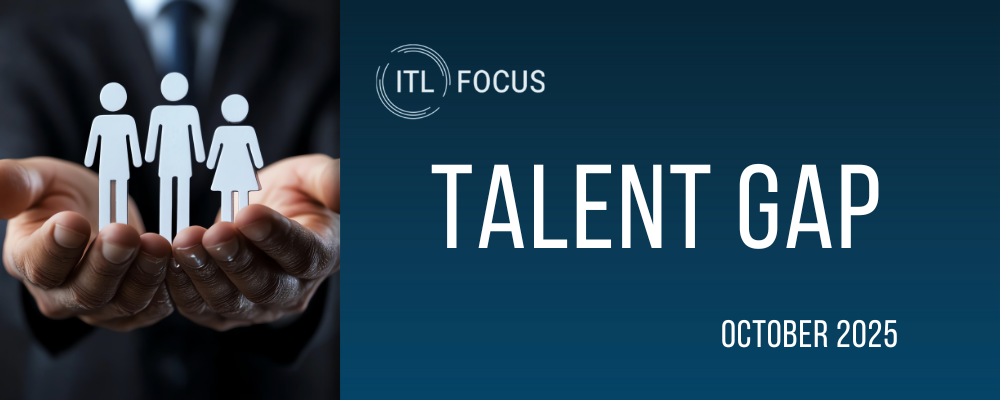Across the South, businesses are at a crossroads. Despite rising investment in employee benefits, talent continues to slip through the cracks. Job boards are saturated. Turnover is high. Retention costs are climbing.
Yet one overlooked truth is reshaping how smart Southern employers are approaching the problem: Benefits aren't just HR's domain anymore, they're a strategic business lever. And Q4 is your last, best chance to get it right.
The Disconnect Is Real and Costly
Earlier this year, OneDigital commissioned the Employee Value Perception Study, surveying 2,000 professionals across industries, age groups, and income brackets. The results were eye-opening:
- 56% of employees said they wouldn't be able to afford a major unexpected expense, even among those who budget responsibly.
- While wages remain a core driver of satisfaction, employees increasingly want holistic, human-centered support: financial education, mental health access, caregiver support, and flexibility.
- Employees reported that while benefits are a critical reason they stay, the ones offered often feel generic, misaligned, or poorly communicated.
This is more than a missed opportunity. It's a direct threat to retention, morale, and bottom-line performance.
Why the South Requires a Different Playbook
Southern employers face unique dynamics. Tight-knit communities. Rising cost of living. Rural workforces with limited access to care. A growing blend of multigenerational workforces, all with starkly different expectations.
Here's what's also true: Southern employees are fiercely loyal when they feel seen. When benefits reflect their reality, they don't just stay. They engage.
Q4 open enrollment isn't just a compliance deadline. It's the most strategic window you have to recalibrate, rehumanize, and reclaim your edge in the talent market.
Three Executive-Level Strategies for Q4 Benefits Redesign
These are not incremental tips. They are fundamental shifts in how leadership should think about people investment.
1. Approach Benefits Like a CEO Approaches Product Design: Start With Discovery, Not Assumptions
Most employers build benefits like a catalog: pick, price, push.
High-performing organizations treat benefits like product-market fit. They gather real data through surveys, interviews, and direct employee conversations and build accordingly.
This is especially important in the South, where life stages vary widely and local context matters. For example:
- Early-career workers want help with student loans, mental health access, and first-home planning.
- Mid-career professionals prioritize family support, flexible schedules, and financial planning tools.
- Late-career employees are focused on retirement readiness, long-term care, and estate planning.
The message: Don't guess. Ask. Segment. Then serve. Just like you would with your customer base.
2. Design a Modular Benefits Strategy, Not a One-Size-Fits-All Plan
The days of static benefits menus are over.
Today's workforce expects flexibility, personalization, and choice. You don't need to expand cost; you need to expand relevance.
Consider these high-impact options already gaining traction in Southern markets:
- Lifestyle spending accounts (LSAs): Let employees decide where wellness matters—gym memberships, childcare, personal development, or caregiving expenses.
- Voluntary benefits with bite: From pet insurance to legal assistance, voluntary offerings drive perceived value without increasing employer cost.
- Telehealth and virtual primary care: A must-have for remote and rural workers, especially across the Southeast's vast geographic footprint.
The winning play? Invest in flexibility, then communicate with precision. Benefits only retain people if employees understand and trust them.
3. Treat Q4 as the Launchpad for Year-Round Engagement
Too many companies treat open enrollment like a once-a-year event. The best employers treat it as a kickoff.
Here's what that looks like in practice:
- Personalized education at scale: Interactive decision support tools, digital explainer videos, and guided one-on-one benefit coaching sessions.
- Pulse surveys and real-time feedback loops: What's working? What's being ignored? Where is confusion highest? Adjust accordingly.
- Enrollment analytics and user behavior insights: Use data to drive smarter messaging and midyear plan refinements.
Benefits engagement is not a communications problem; it's a design and delivery problem. And the companies that solve it will lead the pack in talent retention.
Final Word: The Talent War Is Won with Design, Not Perks
If you're a Southern employer looking to retain your top 20% (your difference-makers), here's the reality:
They're not looking for ping-pong tables, free snacks, or another app.
They're looking for stability. Autonomy. Family support. A workplace that sees them as people, not just producers.
Q4 is not a fire drill. It's a moment of leverage.
Get this right, and you don't just improve benefits, you shift culture, loyalty, and business results.
The South doesn't need more perks.
It needs more purposeful design. And it starts now.







